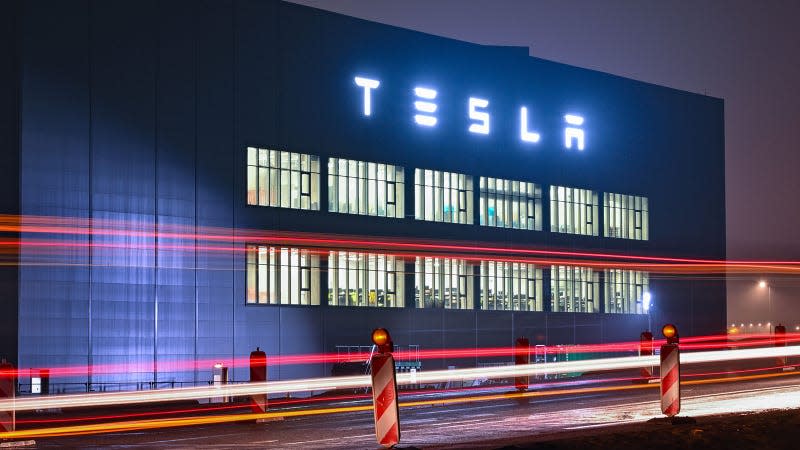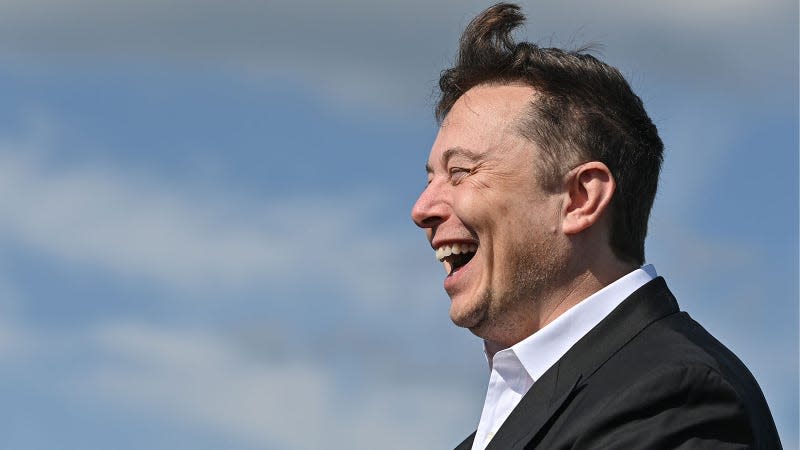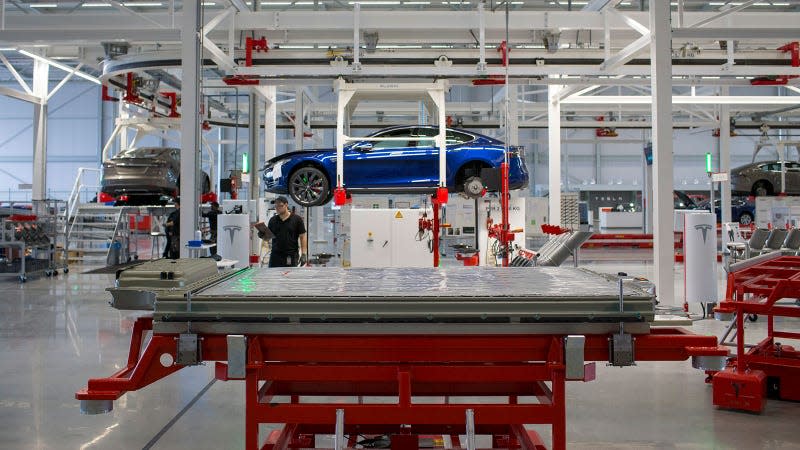Tesla’s Self-Driving Ambitions Are Further and Further Away

Lights on, nobody home.
For years, Tesla and its enigmatic leader, Elon Musk, have been promising that their cars will be able to drive themselves soon. They use this idea to paint a vision of a perfect future where we’re all driven around town in our silent Teslas, napping at the wheel or working through traffic so we don’t have to worry about missing valuable moments of productivity throughout the day.
In case you missed it:
But, since the American automaker began rolling out its supposed self-driving technology, its cars have been caught up in countless crashes, collisions, and other incidents. And now, U.S. regulators are even scrutinizing the company’s claim that its cars can drive themselves.
Read more
After announcing his ambitions to have millions of self-driving Teslas on the road all the way back in April 2019, Musk has repeatedly set himself targets for the tech that his company can’t match. And now, a report from The Washington Post found that insiders at the EV maker thought that “Musk’s erratic leadership style,” high staff turnover at the company, and “a stubborn insistence on doing things differently” have all hit progress on the technology.

Cutting costs is the only way to make him smile this much.
One key area the report highlights is Musk’s refusal to fit his cars with radar that can scan the road ahead and detect hazards. Instead, Tesla makes use of cameras positioned around the car and artificial intelligence that can learn to read its surroundings.
This, the site says, could have the potential to speed up development of the tech as “the more data (in this case driving) the artificial intelligence guiding the car is exposed to, the faster it learns.” But, it’s not quite that simple, as The Washington Post reports:
But that crude model also means there is a lighter safety net. Tesla has chosen to effectively allow the software to learn on its own, developing sensibilities akin to a brain via technology dubbed ‘neural nets’ with fewer rules, the former employees said. While this has the potential to speed the process, it boils down to essentially a trial and error method of training.
What’s more, Musk’s insistence that his cars rely on cameras alone, rather than sensors such as radar or the lidar systems that we are seeing fitted to Volvo’s latest flagship also brings about further risks of errors. According to The Washington Post, without these more advanced sensors, “Teslas would be susceptible to basic perception errors” every time the cameras were obscured by everything from a squished bug to rain or sunshine.


 Yahoo Autos
Yahoo Autos 